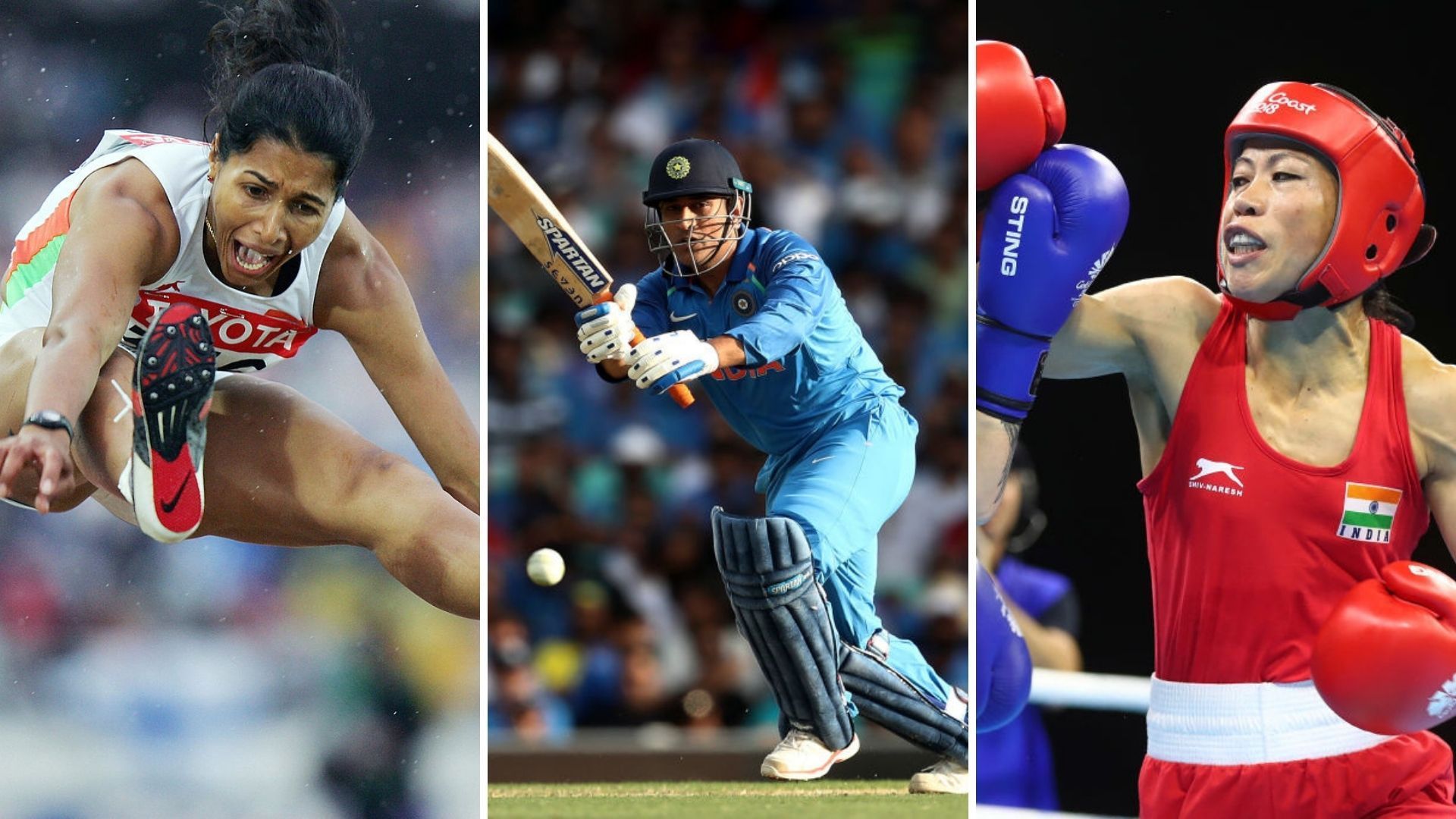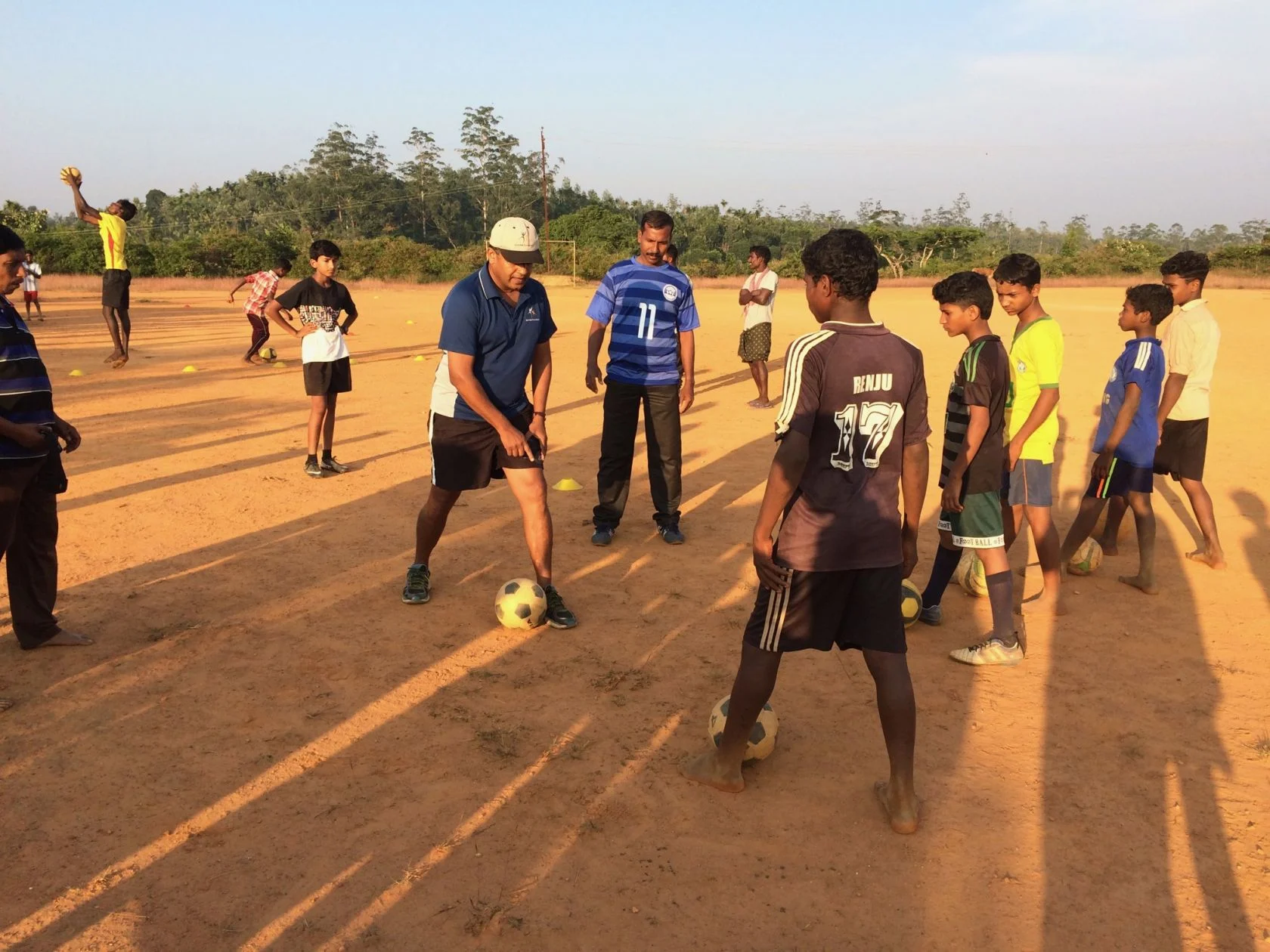

Grassroots to Glory: How Small-Town Athletes Are Redefining Indian Sports
- Sep 10, 2025
- Athlete Stories
- By Super Admin


For decades, India’s sporting map was dominated by big cities, their infrastructure, and their privileged access to coaching and facilities. But today, the heartbeat of Indian sports is shifting. From dusty wrestling akharas in Haryana to makeshift boxing rings in Manipur and humble hockey turfs in Odisha, athletes from small towns and villages are not just making it to the national stage—they are rewriting the story of Indian sports glory.

Names like Mary Kom (Manipur), Neeraj Chopra (Panipat), Lovlina Borgohain (Assam), Rani Rampal (Shahabad, Haryana), and Mirabai Chanu (Manipur) are no longer exceptions; they represent a powerful trend. Each of them emerged from regions with limited resources but abundant determination.
These towns may lack polished stadiums, but they offer something far more potent: hunger, resilience, and a fighting spirit forged in adversity. “When you grow up with fewer options, you play not just to win, but to change your life,” says a former national coach.
For long, Indian sports was equated with cricket. Yet, small-town athletes are shifting focus towards wrestling, boxing, athletics, weightlifting, and hockey—sports deeply connected to rural culture. A mud akhara in Sonipat, a bamboo pole turned into a javelin in Khandra village, or a hand-me-down hockey stick in Shahabad have become launchpads for international medals.
This grassroots energy has also challenged stereotypes. Women from conservative belts—like Rani Rampal leading the women’s hockey team or Sakshi Malik wrestling her way to Olympic glory—are reshaping perceptions of what girls from small towns can achieve.
Government schemes like Khelo India, TOPS (Target Olympic Podium Scheme), and state-level sports hostels have begun to channel resources towards grassroots talent. Corporate sponsorships, sports foundations, and NGOs are further bridging the gap, scouting potential in forgotten corners of the country.
Still, athletes often train in tough conditions: sharing equipment, running barefoot, or practicing without proper diet. Yet, this very struggle adds to their mental toughness—a key differentiator on the international stage.
The success stories from small towns are doing more than just winning medals. They are inspiring cultural change. Parents who once discouraged sports are now enrolling their children in academies. Villages that once celebrated academic toppers now cheer equally for a young sprinter or wrestler.
Social media, too, has given these athletes visibility and voice. A young girl practicing javelin in a rural field today can go viral overnight, catching the attention of scouts and federations.
India’s Olympic gold in athletics by Neeraj Chopra wasn’t just about a javelin throw; it was about a farmer’s son from a small village proving that global dreams can take root anywhere. Similarly, Mary Kom’s rise from a remote corner of Manipur showed that even with minimal infrastructure, grit and discipline can build world champions.
The momentum is clear, but sustaining it will require deeper investment in rural infrastructure, trained coaches, nutrition programs, and mentorship. If nurtured well, India’s small towns could become the gold mines of sporting talent, driving the nation from being a participant to a consistent global contender.
The story of Indian sports is no longer written only in metros and elite academies. It is being scripted in modest homes, in villages with unpaved roads, and in towns often overlooked by policy-makers. These athletes are not just playing for medals—they are carrying the aspirations of millions, proving that glory can indeed rise from the grassroots.